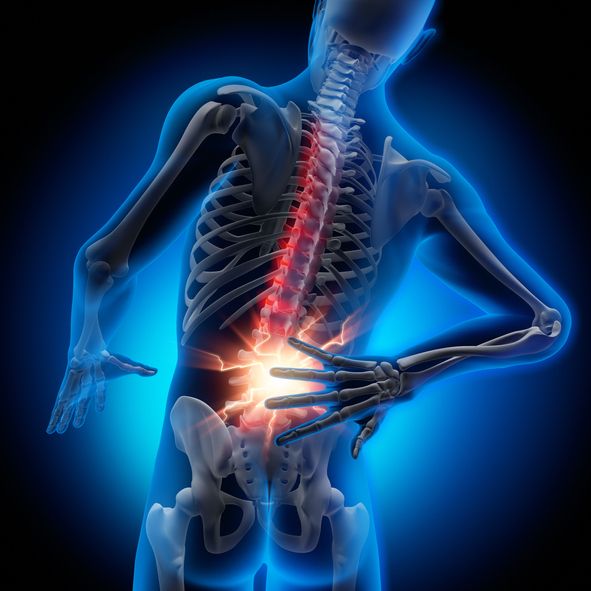Trending Update Blog on panchakarma treatment
Trending Update Blog on panchakarma treatment
Blog Article
Lower back pain is something that much of us experience eventually in our lives, with approximately 85% of grownups dealing with it. Whether it's a dull, bothersome pains or a sharp, relentless pain, it can be incredibly disruptive. Most of the time, it comes from concerns in the lower spinal column, tense muscles, or even nearby organs. While traditional treatments concentrate on handling signs, integrative techniques like Ayurveda, Yoga, and Acupuncture dive deeper, dealing with both the physical discomfort and the psychological toll that pain can handle us.
What Causes Lower Back Pain?
Lower pain in the back can originate from a range of sources, such as:
● Problems in the back spinal column: Issues with the vertebrae or discs in the lower back.
● Muscle strain: Overworked or inflamed muscles from poor posture, overexertion, or stress.
● Nerve compression: Commonly caused by a herniated disc pressing on nearby nerves.
● Internal organ issues: Pain referred from organs in the pelvic or abdominal region.
If your pain is severe, lingers despite rest, or comes with symptoms like leg pain, numbness, weakness, or unexplained weight loss, it's important to see a doctor.
How Ayurveda Can Help
Ayurveda, with its holistic and time-tested solutions, uses natural options for dealing with lower neck and back pain. Here are some therapies that can help:
● Kati Basti: This involves using warm, medicated oil straight to the lower back. The heat and oil collaborate to relieve stiffness, promote blood flow, and relieve pain.
● Elakizhi: Medicated organic leaves are utilized in a hot compress to alleviate muscle tension and promote healing.
● Panchakarma (Basti): This treatment utilizes a medicated enema to soothe Vata dosha (one of the body's energy types). Vata imbalance is often connected to pain in the back, and Basti assists restore balance, reduce swelling, and avoid reoccurrence.
Acupuncture for Pain Relief
Acupuncture is another powerful way to handle neck and back pain. By inserting fine needles into particular points on the body, acupuncture:
● Stimulates the release of endorphins, the body's natural painkiller.
● Improves circulation and reduces swelling in the afflicted location.
● Works hand-in-hand with Ayurveda to offer a well-rounded and reliable pain management option.
Yoga for Long-Term Relief
Yoga complements Ayurveda and Acupuncture, providing a method to manage pain on a daily basis. It assists by:
● Stretching and enhancing the muscles: Yoga poses can assist improve versatility and ease tension in the back.
● Breathing exercises and meditation: These practices relax the mind, decrease tension, and support your body's natural healing process.
While yoga alone may not completely remove the underlying causes of lower back pain, it can considerably relieve pain and help keep a healthy, pain-free back in time.
A Holistic Approach for Lasting Relief
By integrating Ayurveda, Yoga, and Acupuncture, you're not just dealing with the symptoms-- you're addressing the source of lower back pain. These therapies interact to balance the mind and body, offering a more natural and thorough solution to pain relief. With this integrative technique, you can find not only physical relief however also a higher sense ayurvedic medicine for diabetes of well-being and balance in your life.
If you're searching for a long-lasting, holistic way to handle your lower back pain, these therapies could be the response.